Beijing, as China’s capital, political center, and cultural heartland, attracts visitors from all over the globe. Whether you’re drawn to the city’s ancient history or intrigued by its vibrant modern life, Beijing offers an unforgettable journey. From the awe-inspiring Great Wall and Forbidden City to the modern architecture of the CBD and the dynamic 798 Art District, Beijing presents a fascinating mix of old and new for every kind of traveler.
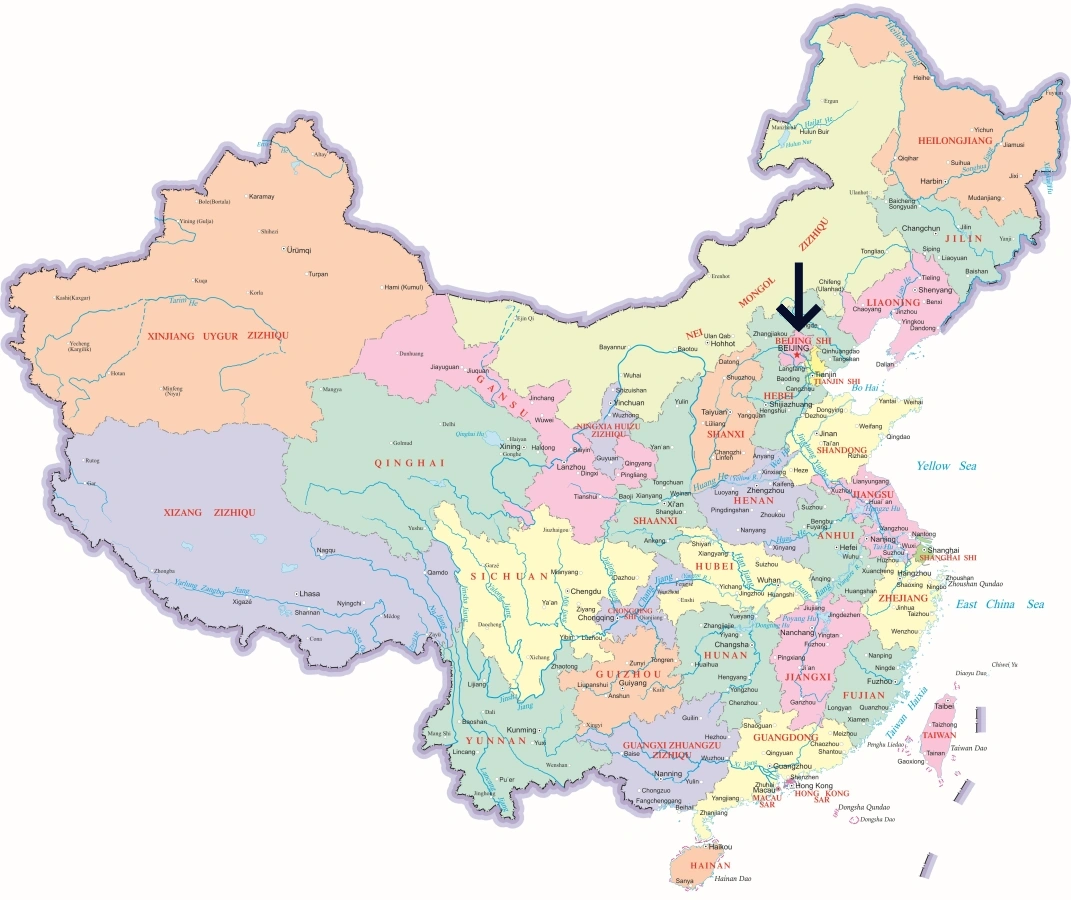
Beijing’s landmarks are world-renowned, including UNESCO World Heritage sites like the Great Wall, the Summer Palace, and the Temple of Heaven. The Forbidden City stands as a testament to imperial China, while Tiananmen Square and the National Museum of China offer insights into more recent history. For a taste of local life, a walk through the traditional hutongs is a must.
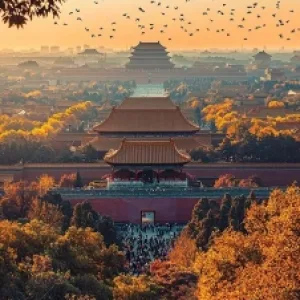
The Forbidden City, Beijing’s imperial palace, showcases ancient Chinese architecture, treasures, and history, serving as a UNESCO World Heritage Site and symbol of imperial power.
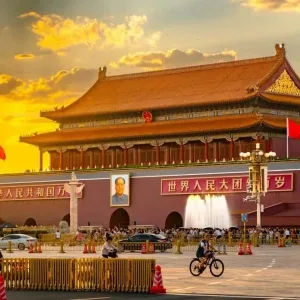
Tiananmen Square is Beijing’s vast central plaza, known for historic events, the Monument to the People’s Heroes, and its role as a national symbol of modern China.
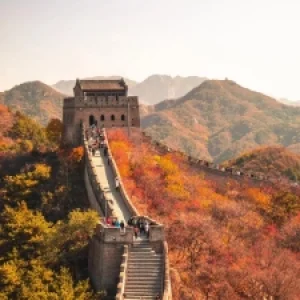
Badaling Great Wall, the most visited section near Beijing, offers restored fortifications, scenic mountain views, and a glimpse into China’s ancient defense system.
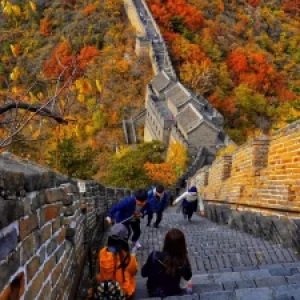
Mutianyu Great Wall is famous for its stunning scenery, fewer crowds, and well-preserved architecture, making it one of the best sections to visit near Beijing.
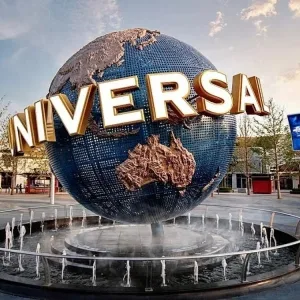
Universal Beijing Resort is a world-class theme park with exciting rides, movie-themed attractions, and family entertainment, offering an immersive Hollywood-style experience in China.
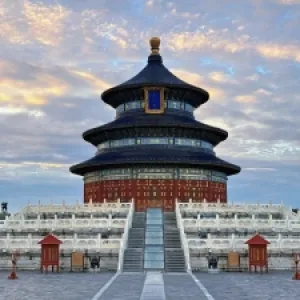
The Temple of Heaven, a UNESCO site, was where emperors prayed for good harvests. Its grand architecture and peaceful gardens symbolize harmony between heaven and earth.
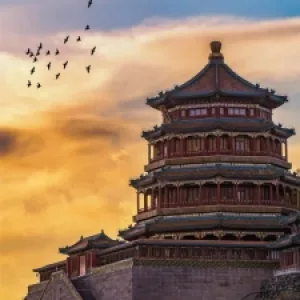
The Summer Palace, Beijing’s royal garden, features Kunming Lake, Longevity Hill, and pavilions. It’s a masterpiece of Chinese landscape design and a UNESCO World Heritage Site.
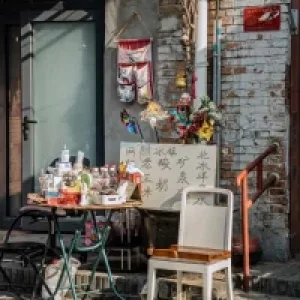
Beijing Hutongs are traditional alleyways lined with courtyard homes, offering a glimpse of local life, culture, and history through walking tours or rickshaw rides.
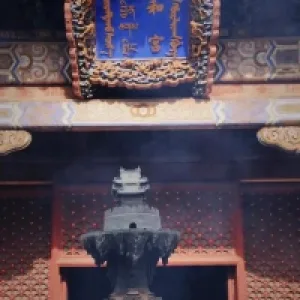
The Lama Temple is Beijing’s largest Tibetan Buddhist monastery, featuring ornate halls, intricate carvings, and a giant Maitreya Buddha statue, attracting worshippers and tourists alike.
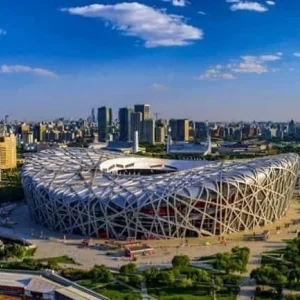
The Beijing National Stadium, known as the Bird’s Nest, hosted the 2008 Olympics. Its iconic steel structure symbolizes modern China and remains a landmark for sports and events.
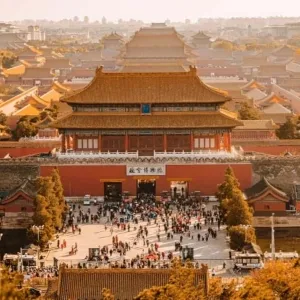
Jingshan Park offers panoramic views of the Forbidden City from its central hill. Once an imperial garden, it’s a popular spot for leisure, walking, and photography.
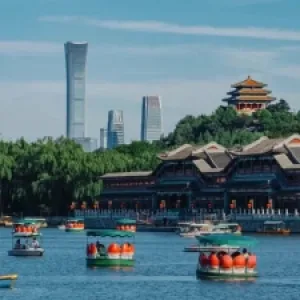
Beihai Park is an ancient imperial garden with lakes, temples, and pavilions. Known for the White Dagoba, it’s one of China’s best-preserved classical gardens.
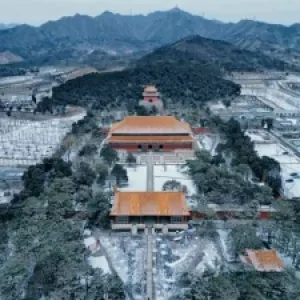
The Ming Tombs are burial sites of 13 emperors of the Ming dynasty, featuring grand mausoleums, sacred walkways, and UNESCO World Heritage status near Beijing.
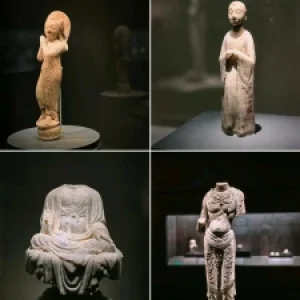
The National Museum of China showcases Chinese history, art, and culture, with vast collections from ancient artifacts to modern exhibits, located on Tiananmen Square.
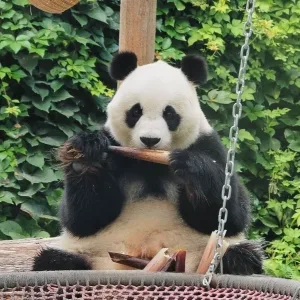
Beijing Zoo is home to giant pandas, exotic animals, and diverse species. It’s one of China’s oldest zoos and a popular family-friendly attraction in the capital.

The 798 Art District is a vibrant cultural hub in former factories, showcasing contemporary art, galleries, street murals, cafes, and creative exhibitions in Beijing.
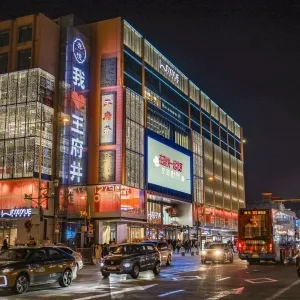
Wangfujing Street is Beijing’s famous shopping avenue, featuring modern malls, local snacks, bookstores, and traditional shops, attracting millions of visitors each year.
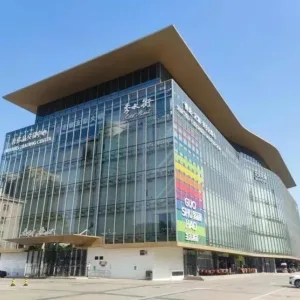
Silk Street Market is a bustling shopping center in Beijing, popular with tourists for bargaining, souvenirs, silk products, fashion, and electronics.
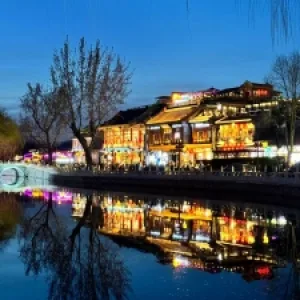
Houhai Lake is a lively area with lakeside bars, cafes, and historic courtyards. It combines nightlife, cultural charm, and scenic boating experiences.
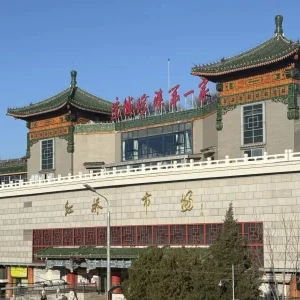
Hongqiao Market, also known as Pearl Market, is famous for pearls, jewelry, electronics, and souvenirs, attracting both bargain hunters and international visitors.
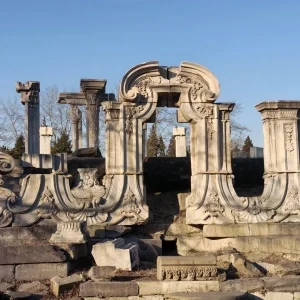
The Old Summer Palace, once an imperial retreat, is renowned for its gardens, ruins of European-style palaces, and tragic history of destruction in the 19th century.
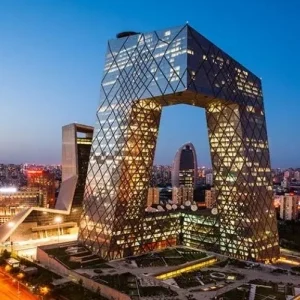
The CCTV Headquarters, nicknamed the “Big Pants,” is a striking modern skyscraper in Beijing, symbolizing architectural innovation and China’s state media presence.
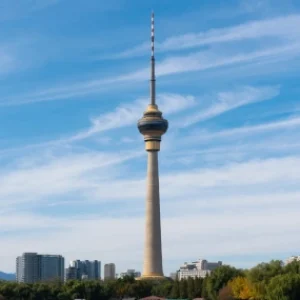
The Central Radio & TV Tower is Beijing’s tallest structure, offering observation decks with panoramic city views and a revolving restaurant.
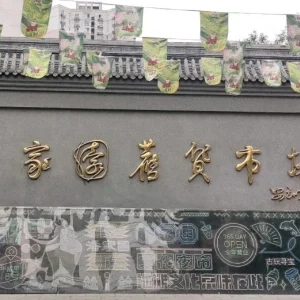
Panjiayuan Market is Beijing’s largest flea market, offering antiques, crafts, paintings, and vintage treasures, popular with collectors and tourists.
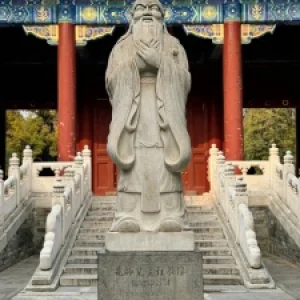
Beijing Confucius Temple honors Confucius and Chinese scholars. It features ancient steles, traditional halls, and a tranquil atmosphere for cultural exploration.
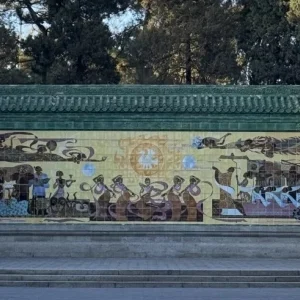
Ritan Park is a historic altar site turned urban park, featuring gardens, rockeries, and cultural activities, offering locals a peaceful leisure space.
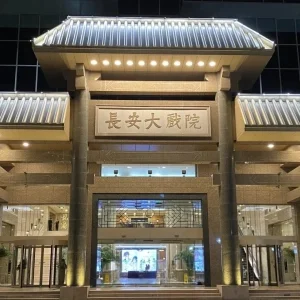
Chang’an Grand Theatre is a traditional venue for Beijing Opera, known for its elaborate performances, costumes, and authentic Chinese cultural shows.
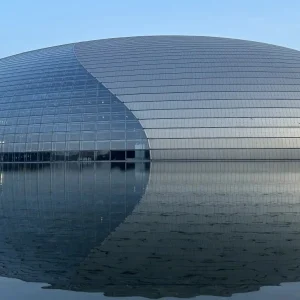
The National Centre for the Performing Arts, nicknamed “The Giant Egg,” is a futuristic dome hosting operas, concerts, and performances near Tiananmen Square.
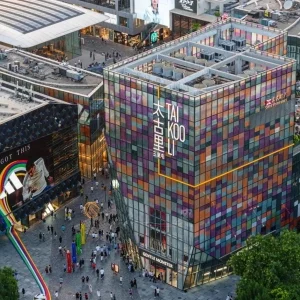
Sanlitun is Beijing’s trendy nightlife and shopping district, known for international bars, restaurants, designer stores, and vibrant urban culture.
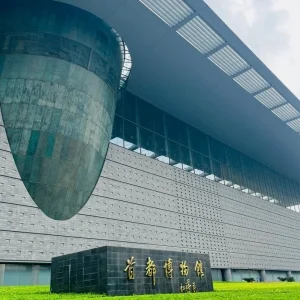
The Capital Museum highlights Beijing’s cultural heritage, featuring ancient relics, art, and exhibitions showcasing the city’s rich history and development.
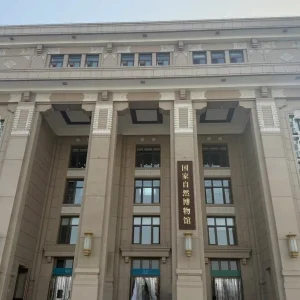
The National Museum of Natural History in Beijing presents exhibits on dinosaurs, animals, fossils, and ecology, offering educational experiences for families and students.
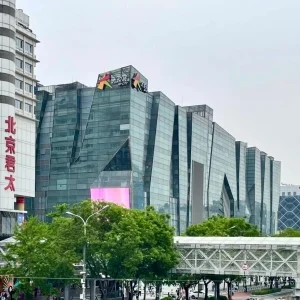
Xidan Commercial Street is a bustling shopping hub in Beijing, filled with malls, fashion stores, restaurants, and entertainment, attracting young locals and tourists.
Beijing is a culinary capital, known for its rich and hearty northern flavors. Signature dishes include the world-famous Peking Duck, savory Zhajiangmian (noodles with soybean paste), and a variety of dumplings and street snacks like Jianbing and sugar-coated hawthorn skewers. From time-honored eateries to modern food halls, Beijing is a feast for the senses.
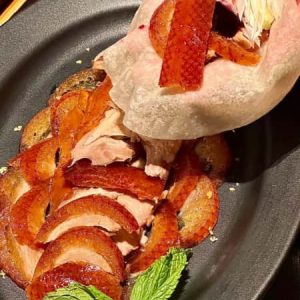
Peking Duck is Beijing’s most famous dish, featuring crispy roasted duck, thin pancakes, scallions, and sweet bean sauce, offering a perfect balance of flavor and texture.
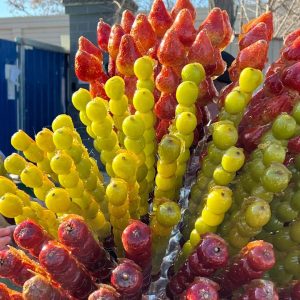
Bingtanghulu, or candied hawthorn skewers, are traditional Beijing street snacks with fruits coated in hardened sugar syrup, offering a crunchy, sweet, and tangy taste loved by children.
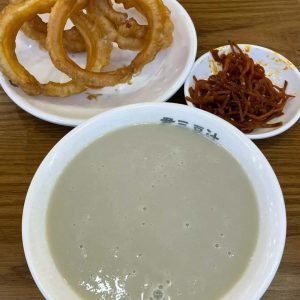
Douzhi is a traditional Beijing fermented mung bean drink with a sour, earthy flavor. Locals enjoy it for breakfast, often paired with crispy fried dough snacks.
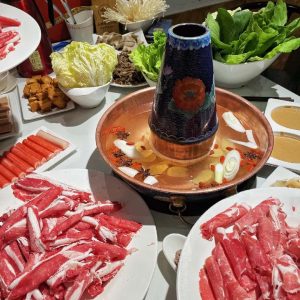
Beijing-style hot pot, known as copper pot shuanrou, uses thin lamb slices cooked in boiling broth. Served with sesame sauce and vegetables, it’s a beloved communal dining experience.
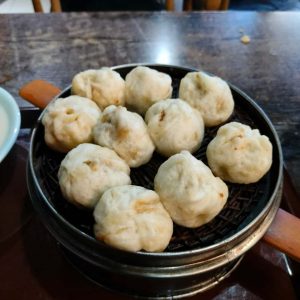
Xiaolongbao are delicate soup dumplings filled with juicy pork and rich broth. Steamed in bamboo baskets, they are eaten carefully to savor the hot flavorful soup inside.
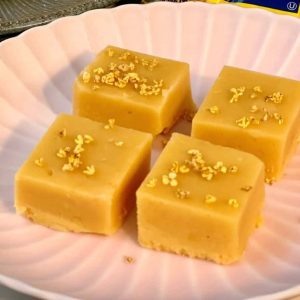
Wandouhuang is a traditional Beijing dessert made from yellow peas, sugar, and water. Its smooth, sweet texture and golden color make it a spring festival delicacy.
Beijing’s transportation system is extensive and efficient. The subway is one of the largest in the world and a cost-effective way to explore the city. Buses, taxis, and ride-hailing apps (like Didi) are widely available. The city also has two international airports — Beijing Capital International Airport and the newer Daxing International Airport — both well-connected to the city center via express trains.
Beijing offers a wide range of accommodation options. You can choose luxury hotels near the Forbidden City or stylish boutique stays in the hutong alleyways. Popular areas include Dongcheng (near historic sites), Chaoyang (with business centers and nightlife), and Sanlitun for a cosmopolitan vibe.
Now that you’ve explored Beijing’s attractions, food, transport, and lodging options, it’s time to design your ideal trip. Whether you’re marveling at imperial palaces or savoring snacks in a local market, your time in Beijing promises a perfect blend of tradition and modern excitement.
Whether it’s your first time in Beijing or you’re a repeat visitor, a few travel tips can make your journey easier. Learning some basic Mandarin phrases, using mobile payment apps, and visiting major sites early in the day can enhance your experience. Don’t forget to check air quality indexes and pack accordingly during peak pollution seasons.
Beijing is the capital of China and one of the country’s four municipalities directly under the central government. It covers about 16,410 sq km and has a permanent population of approximately 21.9 million. Here’s a breakdown by district:
Note: Population numbers are based on the latest estimates and may vary slightly.
Beijing has a continental monsoon climate, with hot, humid summers and cold, dry winters. Spring and autumn are short but pleasant, making them ideal travel seasons. Here’s what to expect month by month:
Best travel season: April to May and September to October.
Here are the postal and telephone codes for major districts in Beijing:
Explore detailed travel guides for China’s most popular cities, covering attractions, local food, accommodations, and transportation tips.

 English (US)
English (US)